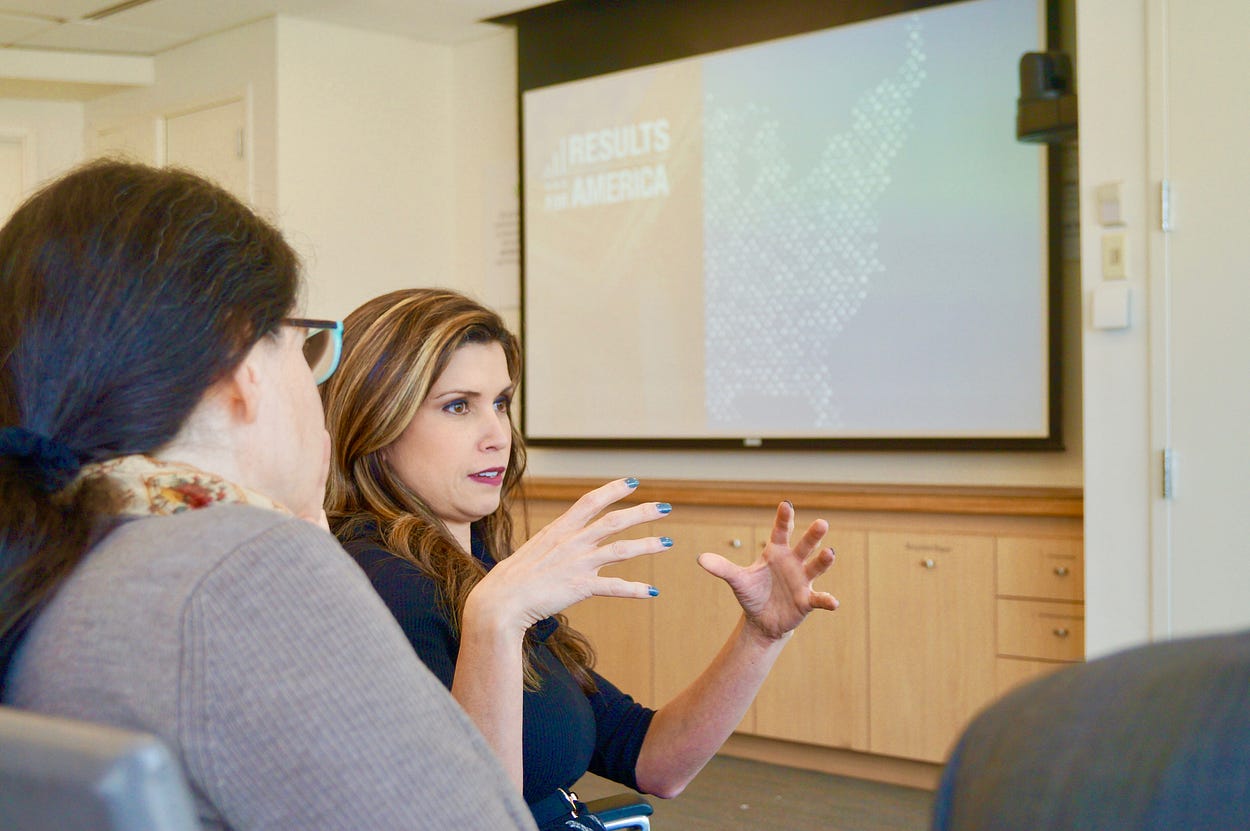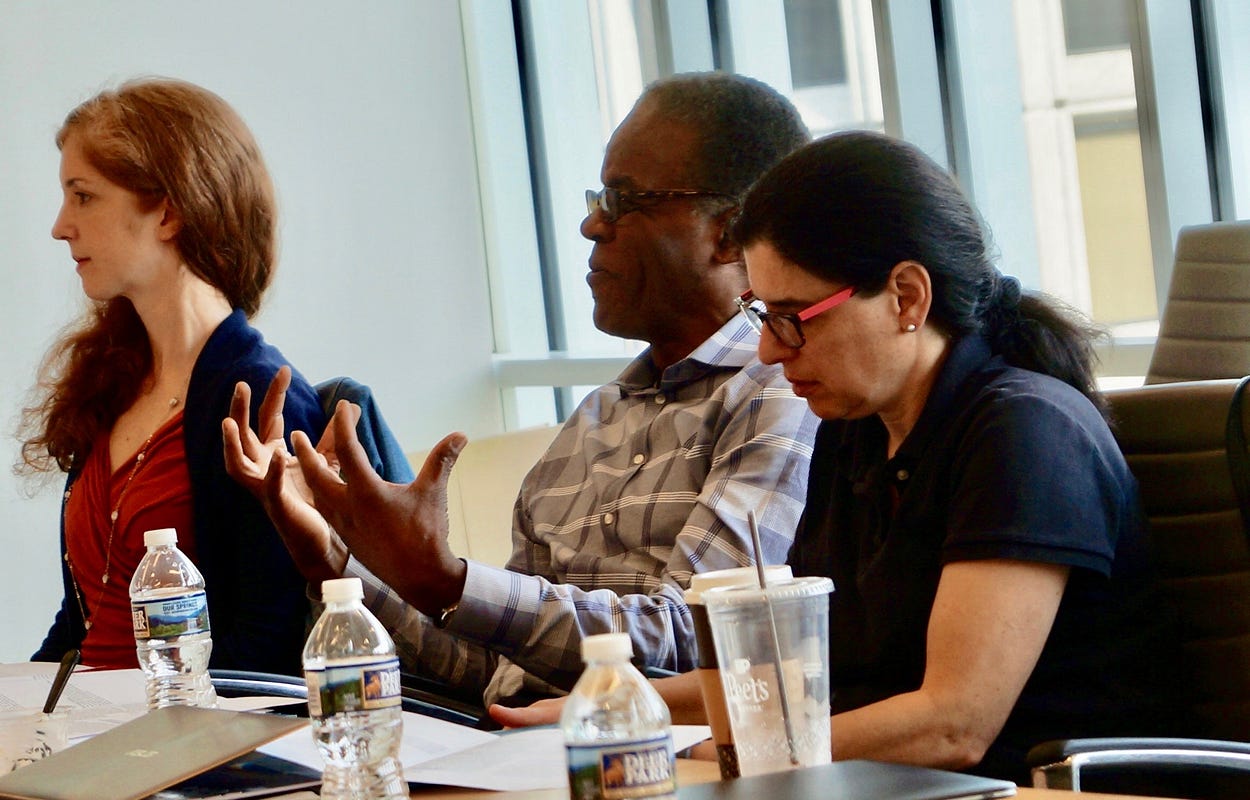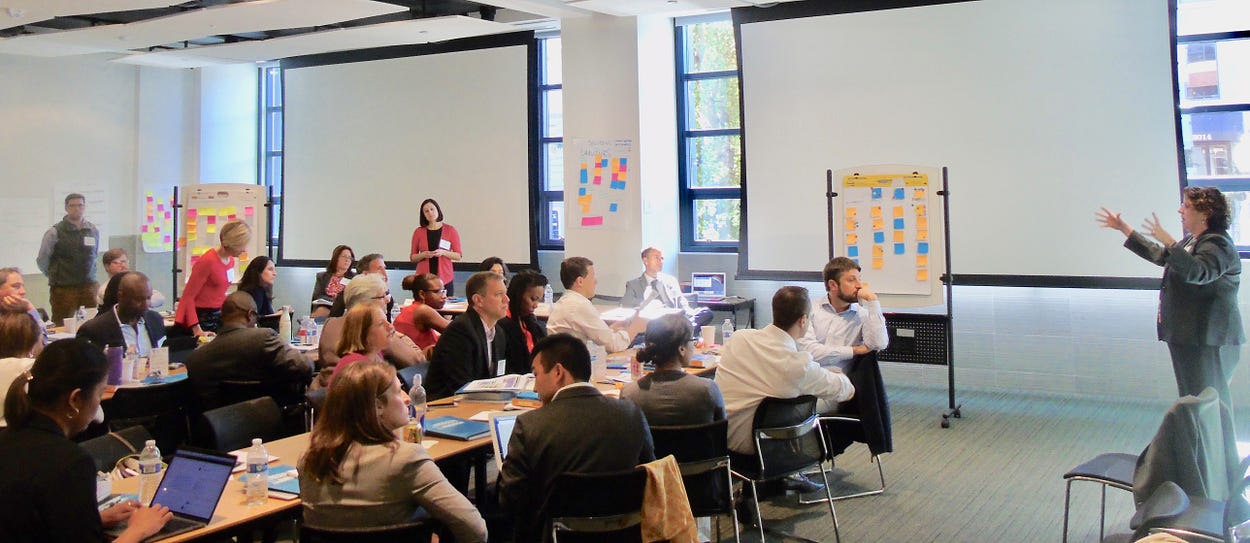Introduction:
As a city government leader and a nonprofit chief executive officer, we are always seeking ways to increase the impact of our services. While there are real challenges in our communities, we know that real solutions exist and that change is possible. One key to fomenting that change is better collaboration between government and their nonprofit service providers.
Contracting with nonprofits helps local governments provide services that meet the unique needs of individual communities in a culturally competent manner. It also enables us to employ subject-matter expertise that is often more specialized than that of large government agencies. These partnerships help government be more nimble and responsive to changes by providing the flexibility to procure the right providers with the right expertise at the right time. All of which fulfills the primary goal of government services, which is to meet constituent needs through the efficient and equitable investment of taxpayer dollars.
However, the contracting processes through which government and nonprofits partner need work. The existing structures for designing programs, disbursing funding, and sharing data can be confusing, inefficient, or focused on the wrong measures of success. We recognize that the intention of these structures — in domains that include procurement, finance, legal, and technology — has typically been to promote fairness, protect privacy, and safeguard public funds. But if we clear the overgrown path that contracting has become, we can still fulfill those intentions and get to better solutions, faster.
This is why we agreed to come together with our colleagues from Results for America’s What Works Nonprofit Fellows and Local Government Fellows program representing 14 prominent nonprofits and 16 city and county governments from across the country. These partners are at the forefront of using data and evidence to produce better results for residents. So, what is the state of government’s human services contracting and which solutions can improve outcomes?
In our collective view, several factors inhibit many local government human services contracts from achieving full impact. Complex contract and grant application processes, reporting requirements, and funding formulas are time-consuming to manage. As are contracts that measure inputs rather than outcomes, which reduce flexibility and prevent service providers from redirecting resources to meet changing program needs without a time-consuming contract amendment. Further, many problems inhibit the effective use of data for program management and outcome measurement, including challenges navigating privacy laws or data that is siloed among disparate agencies, and data system technology that further restricts access.
The group did not pin all the responsibility on government. The Local Government Fellows noted there are many government leaders who are committed to achieving better outcomes. And the What Works Nonprofit Fellows shared that while many leaders in the nonprofit sector are improving their use of data and evidence to improve programs and better meet the needs of their stakeholders, there remains resistance among many nonprofit service providers to performance-based contracts. They recognize that nonprofits have a role to play in improving collaboration and likewise should strive for outcomes-driven practices and strong information management.
This first-ever joint convening of the Local Government and What Works Nonprofit Fellows provided a rare opportunity for cross-sector collaboration. What follows are the practical recommendations developed by Results for America’s Local Government and What Works Nonprofit Fellows and strategies being enacted in New York City for re-orienting the relationship between government and nonprofits to make it more collaborative and improve outcomes for residents in the communities they serve.

Recommendations:
- Be Collaborative
To achieve better outcomes, government and nonprofits need to change their normal ways of doing business. Government should work with nonprofit service providers and engage them in developing shared goals and outcomes. Ideally, this conversation should also include relevant community organizations and philanthropic groups. Each organization should consider one another as a partner to achieve outcomes for their residents and clients. The key is to remember that all stakeholders are engaged in this work because they care about helping clients. This collaboration requires respecting one another’s experience and perspective.
In New York City, we recognize the expertise of service providers, and are working to improve communication channels. As part of Mayor de Blasio’s Nonprofit Resiliency Committee[1], the Mayor’s Office for Economic Opportunity has worked with the Mayor’s Office of Contract Services to create the Collaborative Guide to Communications, with the goal of broadening how the City can engage with nonprofit experts on service design, consistent with the City’s procurement policy for safeguarding open competition.
At BELL, we partnered with Montgomery County (MD) Councilmember Nancy Navarro, Montgomery County Public School (MCPS) leaders and the Norman R. and Ruth Rales Foundation to offer our data-driven 5-week summer learning program to 1,045 MCPS students across eight schools in the summer of 2016. Data from a study commissioned by MCPS showed that BELL made significant progress toward reducing summer learning loss, with BELL students, known as scholars, significantly outperforming non-attendees in Grade 3 mathematics, Grade 4 mathematics and Grade 3 reading. By measuring outcomes and demonstrating the program’s success in helping to close the opportunity gap, we hope to expand this public-private partnership to serve even more students in the future.
2. Provide Funding Flexibility
Focusing on outcomes requires flexible funding. This flexibility allows nonprofits to align programs and funding streams to focus on holistic results for their constituents. Government can create flexible funding by breaking down funding silos and allowing dollars from multiple budget sources to be blended together in a way that reduces compliance technicalities. A further innovation could be to provide bonus payments to service providers when they exceed outcome goals. Of course, nonprofits would also need to be prepared to take advantage of this flexibility to implement interventions that achieve agreed upon outcomes.
New York City recently changed its rules to allow nonprofits to modify up to 10 percent of their budgets without approval, a move welcomed by providers. To surface tangible opportunities for more integrated government funding, the City, through NYC Opportunity, is also issuing an “open call” to City agencies to propose specific ways they might work together to address poverty-related challenges more holistically than they could by operating alone. The most promising proposals will be able to apply unrestricted City dollars to help advance their cross-agency work with nonprofits, and prove out the benefits of this added flexibility.
3. Write Clear Requests for Proposals
The local government procurement process should be straightforward, transparent, and efficient. Some tools that can help include a standardized Request for Proposal (RFP) template, a uniform RFP process, and consistent timelines. The content of the RFP should incorporate clear outcome goals and the scoring system should award points for evidence-based interventions.
In 2013, following a multi-year collaborative planning process with human services providers, New York City launched HHS Accelerator, a centralized online system designed to improve the City’s human services procurement process. HHS Accelerator removes redundant paper-based requirements, streamlines processes, and standardizes contract documents, allowing the City and providers to focus more on mission-critical activities.
4. Prioritize and Fund Outcomes — Not Outputs
Government should give service providers the freedom and the tools necessary to meet outcomes, and avoid focusing exclusively on tracking inputs. In turn, nonprofits will have to build the programmatic and staff capacity to meet, measure and report on well-defined outcomes goals, rather than their activities alone.
A Performance-Based Contracting Guide, currently in production through the Nonprofit Resiliency Committee, will lead New York City agencies and providers through the methodical analysis of whether a performance-based model is appropriate for a particular contract. The guide is expected to address key principles for developing a performance-based contract, including assessing risks, setting rates, deciding on performance deliverables, reporting data, and auditing.
5. Check-in Regularly to Create Feedback Loops
While collaboration is key in designing effective programs, closing the feedback loop between nonprofits and government is even more important to advance meaningful cross-sector cooperation. Regular, ongoing communication about program progress allows government and nonprofit partners to address issues as they arise and adapt if necessary. Government contracts should include provisions for ongoing information sharing, including (but not limited to) data sharing agreements. Governments and nonprofits can use dashboards, regular meetings, and site visits as tools to improve feedback mechanisms and reach desired outcomes.
NYC Opportunity and our City government partners are committed to incorporating service provider feedback in program design, monitoring and evaluation strategies. Through quantitative and qualitative performance reporting, regular data share-backs, and cross-provider learning communities, NYC Opportunity uses a variety of tools to manage performance of City-funded services and inform future program and budget decisions.

Conclusion:
We must better align local governments and nonprofits and empower one another to use evidence and data to improve outcomes. This can be accomplished when governments focus on funding evidence-based interventions and support evaluation of innovative practices to learn more about what works and what doesn’t. In turn, nonprofits should evaluate their programs, identify other evidence-based interventions, and ensure that programs are implemented as intended. Both nonprofits and governments should commit themselves to a culture of learning and knowledge-sharing.
Collaboration, flexible funding, an improved contracting process, outcome-focused contracts, and consistent feedback loops are essential steps to improve the impact of human services programs and ensure that taxpayer funds achieve the greatest possible impact. Implementing these recommendations can help catalyze important changes in the way governments and nonprofits work together and bring about a cultural change in human services contracting, which allow local government and human services providers to achieve better results for communities.

[1] The Nonprofit Resiliency Committee offers opportunities for collaboration and to expand lines of communication between the City and nonprofit human services sector. Comprised of over 80 nonprofit leaders and chaired by the Deputy Mayor for Health and Human Services, the Committee is charged with identifying, designing and launching solutions to support the sector in the areas of administrative processes, service and program design and organizational infrastructure.
Lauren Sanchez Gilbert, Ed.D., is the Chief Executive Officer of BELL and is a Results for America What Works Nonprofit Fellow.
Matthew Klein is Executive Director of the New York City Mayor’s Office for Economic Opportunity (NYC Opportunity) and a Senior Advisor in the Mayor’s Office of Operations. He is also a Results for America Local Government Fellow.